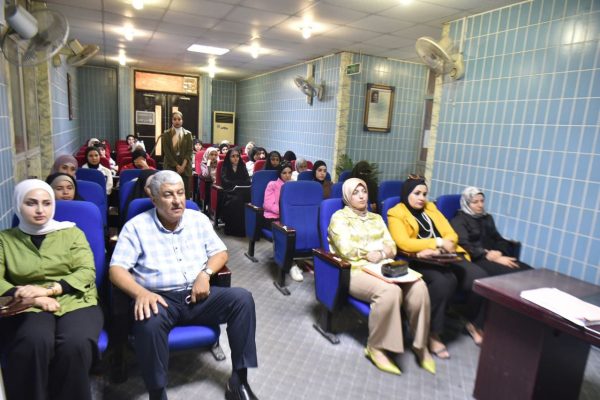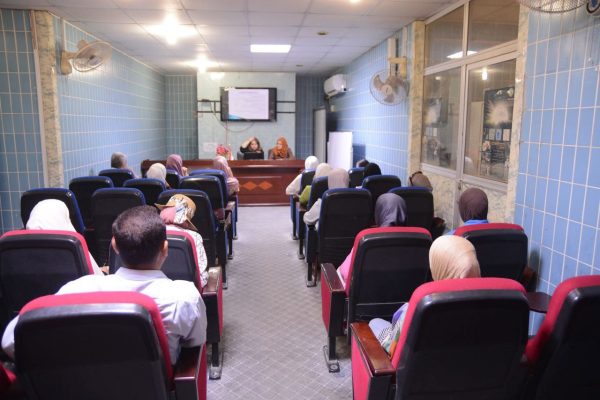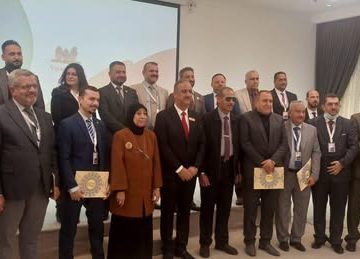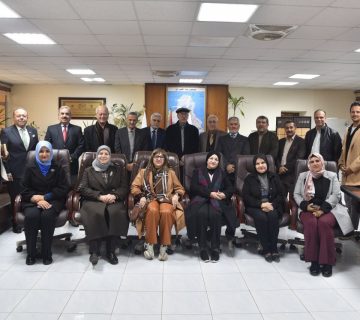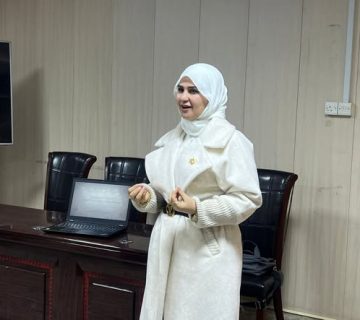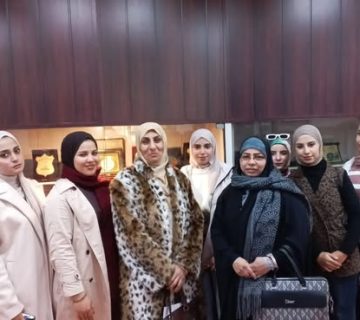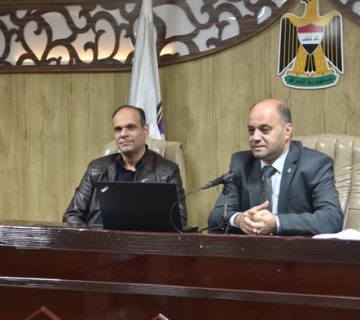Under the patronage of the Dean of the College of Science for Women, Professor Dr. Sameera Naji Khdim,
the Department of Physics, in cooperation with the Continuing Education Unit, organized a training course entitled:
“Types of Electronic Sensors and Their Applications in Practical Life.”
The course was presented by
Dr. Haider Yahya Hammoud, Head of the Department of Physics, Dr. Zainab Hossam Musa, and Engineer Mirvet Dawood Majid.
The course was attended by a number of faculty members and staff from the college.
The training presented the operational mechanism of electronic sensors through four main stages:
Physical Quantity – the physical phenomenon to be measured, such as temperature, pressure, light intensity, acceleration, etc.
Sensing Element and Signal Conversion – the component that detects the physical quantity and converts it into an electrical signal.
Signal Conditioning – involves amplifying and filtering the signal and adjusting it to be ready for digital processing.
Output – where the processed signal is sent to the microcontroller unit for further actions.
The course also included statistical insights on the practical applications of electronic sensors:
In smart homes, where 42% of homes in North America are equipped with such technologies, energy savings can reach up to 30% due to lighting and temperature sensors.
In smart vehicles, a single car may contain over 100 sensors, including radars, LiDARs, and cameras. The autonomous vehicle sensor market is witnessing annual growth of 18%.
In smart agriculture, sensors help increase productivity by 20–30% through monitoring soil moisture and weather conditions, according to specialized studies and sources.
The course emphasized the importance of enhancing both theoretical and practical understanding of electronic sensors and their vital roles across various sectors, with a focus on the underlying physical principles on which these sensors operate.
Furthermore, the course aimed to empower participants to bridge abstract physical concepts with technological applications by studying how physical signals are captured and transformed into processable data within smart systems.
Particular attention was given to the applications of sensors in the medical field, due to their significance in monitoring vital functions and early diagnosis, such as measuring cardiac and respiratory signals and core body temperatures.
In conclusion, the course stressed the necessity of integrating this topic into physics department curricula, given its role in developing students’ skills and linking theoretical knowledge with practical innovations in medicine and biotechnologies.
